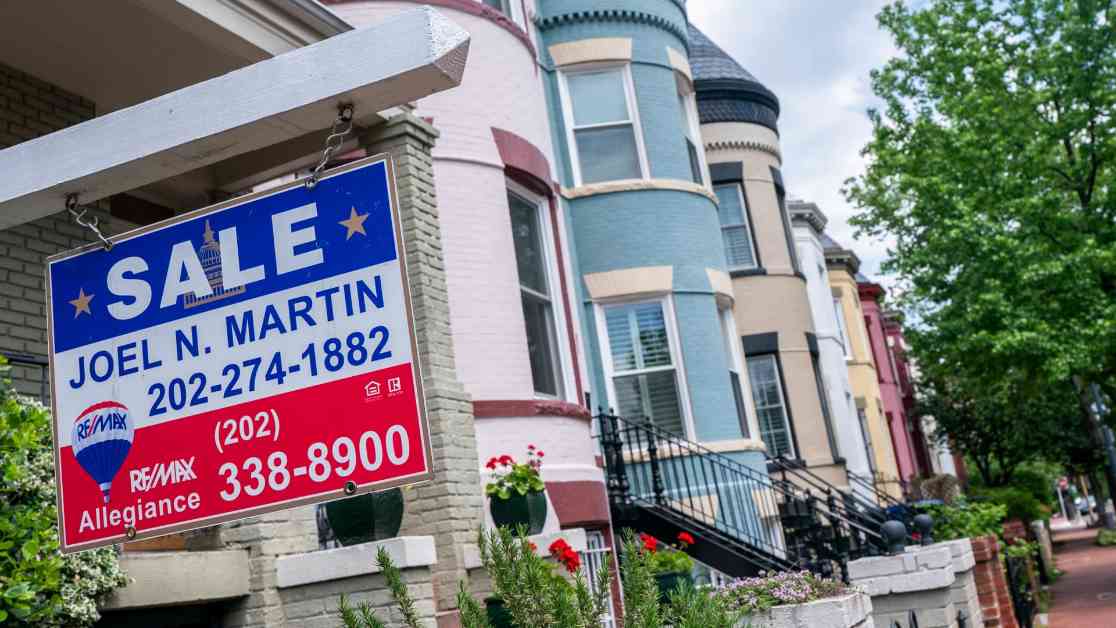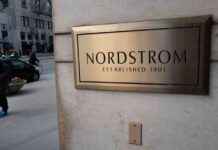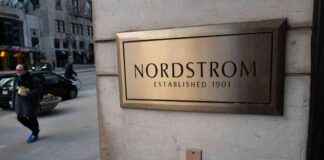The housing market in Washington, DC, is struggling, with a “Sale” sign in front of a home on May 8, 2025. The spring market is facing challenges due to high interest rates and low consumer confidence. According to the National Association of Realtors, sales of previously owned homes in April dropped by 0.5% from March, reaching an annualized rate of 4 million units. This marks the slowest April pace since 2009, with a 2% decrease from the same period last year. Housing economists were expecting a gain of 2.7%, but it seems like they missed the mark this time.
The count is based on closings, indicating contracts likely signed in February and March before mortgage rates increased in April. Lawrence Yun, NAR’s chief economist, mentioned that home sales have been at 75% of normal or pre-pandemic activity for the past three years, despite adding seven million jobs to the economy. He also noted that pent-up housing demand continues to grow, though it has not been realized. Yun believes that any significant decline in mortgage rates will help release this demand. Inventory saw a 9% increase month-to-month, nearly 21% higher than April last year, with 1.45 million homes for sale at the end of April. This represents a 4.4-month supply at the current sales pace, the highest level in five years but still below the balanced market supply of six months. A year ago, there was a 3.5-month supply, so there’s definitely been some changes in the market.
More supply is starting to cool prices, with the median price of an existing home sold in April at $414,000, only a 1.8% increase year over year. This marks the highest April price on record but the slowest appreciation since July 2023. Annual price gains were much higher last year, with both the South and West regions experiencing price falls. Yun mentioned that at a macro level, they are still in a mild seller’s market, but with the highest inventory levels in almost five years, consumers have a better chance to negotiate for better deals. Homes spent an average of 29 days on the market, faster than March but longer than April last year. First-time buyers accounted for 34% of sales, almost the same as the previous year. Cancellation rates, or the number of people canceling their contracts, are on the rise, hitting 7% of sales in April, up from a recent average of 3% to 4%.
Activity is stronger in the higher end of the market, with sales of homes priced over $1 million increasing by nearly 6% from a year ago. On the other hand, homes priced between $100,000 and $250,000 dropped just over 4%. Yun pointed out that the gains on the high end are shrinking, attributing it partly to the stock market shakeout that has occurred. Despite these challenges, the housing market continues to navigate through uncertainties, with buyers and sellers adapting to the changing landscape.



















